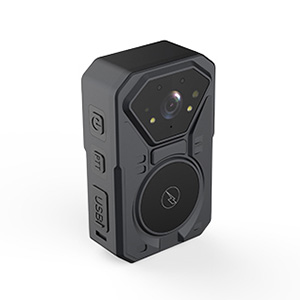
本身
# Police Body Cameras: Enhancing Transparency and Accountability
## The Rise of Police Body Cameras
In recent years, police body cameras have become an increasingly common tool in law enforcement agencies worldwide. These small, wearable devices record interactions between officers and the public, providing an objective account of events as they unfold. The adoption of body cameras represents a significant step forward in modern policing, offering benefits for both law enforcement professionals and the communities they serve.
## How Body Cameras Work
Police body cameras are typically small, lightweight devices that officers wear on their uniforms. They can be attached to:
– Shirt collars
– Sunglasses
– Shoulder straps
– Chest areas
Most models feature:
– High-definition video recording
– Audio capture capabilities
– Night vision technology
– Wide-angle lenses
– Automatic activation triggers
## Benefits for Law Enforcement
For police departments, body cameras offer numerous advantages:
### Evidence Collection
Body cameras provide clear, timestamped documentation of incidents, which can be invaluable in investigations and court proceedings.
### Officer Training
Recorded footage serves as excellent training material, helping new officers learn from real-life situations and experienced officers refine their techniques.
### Reduced Complaints
Studies have shown that the presence of body cameras often leads to fewer complaints against officers, as both parties tend to behave more professionally when they know they’re being recorded.
## Benefits for the Community
The public also gains significant advantages from police body camera programs:
### Increased Transparency
Body camera footage provides an unbiased record of police-public interactions, helping to build trust between law enforcement and communities.
### Accountability
When incidents occur, body camera footage can help determine what actually happened, protecting both officers and civilians from false accusations.
### Faster Resolution
Video evidence often leads to quicker resolutions in investigations, saving time and resources for all parties involved.
## Challenges and Considerations
While body cameras offer many benefits, their implementation isn’t without challenges:
### Privacy Concerns
Recording in private residences or sensitive situations raises questions about when cameras should be activated and how footage should be stored and accessed.
### Data Storage
The massive amount of video data generated requires secure, reliable storage solutions with proper retention policies.
### Policy Development
Departments must establish clear guidelines about when cameras should be used, how footage is reviewed, and who has access to recordings.
## The Future of Police Body Cameras
As technology advances, we can expect to see:
– Improved video quality with better low-light performance
– Longer battery life and more durable designs
Keyword: police body cameras
– Integration with other law enforcement technologies
– Advanced features like facial recognition (with appropriate safeguards)
– More sophisticated data management systems
Police body cameras represent an important tool in the ongoing effort to improve policing practices and strengthen community relationships. While not a perfect solution to all challenges in law enforcement, they provide a valuable means of documenting interactions and promoting accountability on all sides.




